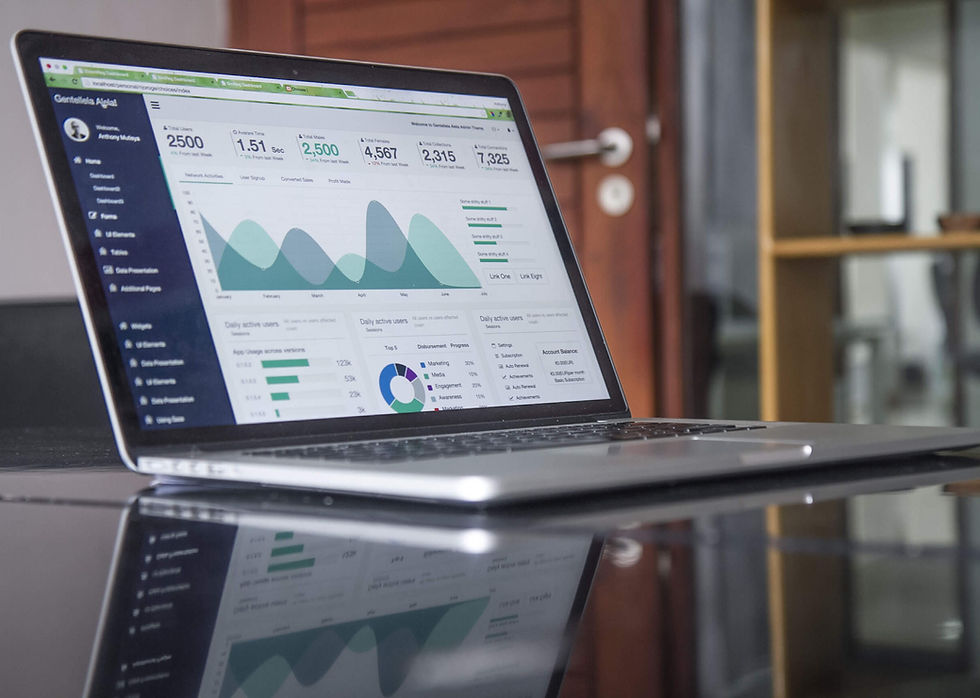Precious metals IRA: How does it work & what are the benefits?
- Guest Post
- Jan 26, 2023
- 3 min read
Updated: Mar 6, 2023
An IRA is an Individual Retirement Account. Probably the best-known types of IRA are traditional and Roth. There are, however, many other options. One of these is the Precious Metals IRA (sometimes known as the Gold IRA). Here is a quick guide to what you need to know about them.

The basics of a Precious Metals IRA
A Precious Metals IRA has the same contribution limits and distribution rules as a standard IRA. The key difference is that a Precious Metals IRA is designed to provide a tax-efficient (and safe) way to hold physical precious metals. You can also hold investments related to precious metals e.g., gold ETFs. It may, however, not be the best place for them.
Precious Metals IRAs can only be offered by providers with specific government authorization. Part of the requirement of being authorized is that the provider ensures the integrity of the investments. The provider is also responsible for maintaining the physical security of the precious metals. For this reason, they are often known as custodians.
Under current rules, Precious Metals IRAs can hold silver, gold, platinum, and palladium. They can hold coins. The coins must, however, be held for their value as metals, not for their collectible value.
Benefits of a Precious Metals IRA
There are several potential benefits to holding a Precious Metals IRA. Here are the main ones.
Tax benefits
All IRAs carry tax benefits, and this includes the Precious Metals IRA.
Diversification
Probably the single, biggest benefit of a Precious Metals IRA is the ability to diversify conveniently. It’s fairly easy to find paths to hold cash, near cash, and equities. Holding precious metals, however, can be more challenging due to the security implications. Using a Precious Metals IRA resolves these.
Protection from inflation
Precious metals are often used to hedge against the impact of inflation. They have also, historically, shown high potential for long-term growth. It is fair to say that there are no guarantees about either. With that said, there are no guarantees with any form of investment.
You have complete ownership of the physical assets
With most forms of investment, you have a partial share in an asset. Your share is represented by documentation (physical and/or digital). With a Precious Metals IRA, you can own physical assets in safety. Some people may see this more as an emotional benefit than a practical one. It is, however, still a consideration.
Drawbacks of a Precious Metals IRA
The main drawback of a Precious Metals IRA is that precious metals do not generate an income for you. They only have value if you monetize them (i.e., sell them). You also tend to have to pay higher fees than for other forms of IRA. This is essentially to cover the cost of the necessary security.
Is a Precious Metals IRA right for you?
Whether or not a Precious Metals IRA is right for you depends on a number of factors. It’s therefore preferable to get professional financial advice. At a minimum, do your research thoroughly and think carefully about what it would mean for you.
As a rule of thumb, however, the less of an investment portfolio you have, the less likely it is that you will benefit from a Precious Metals IRA. By contrast, the more of an investment portfolio you have, the more likely it is that you will benefit from a Precious Metals IRA.
For example, you could put 5%-10% of your total portfolio in it. You could reasonably expect your holding to keep its value against inflation. Over the long term, there is a strong chance that its value would increase above the rate of inflation. It could therefore give a very helpful boost to your retirement funds.
Author Bio
Joe Pannu is the Managing Director of Wall Street Metals IRA, specialists in Precious Metal and Coin Investments, and has decades of knowledge in the investment market.
Related Content


